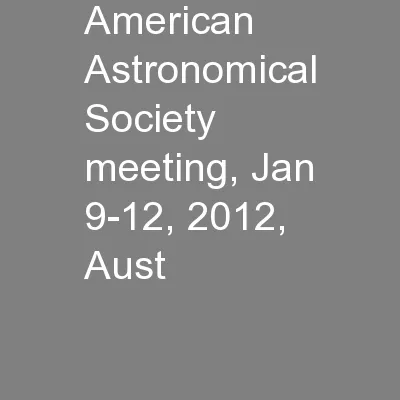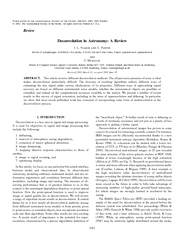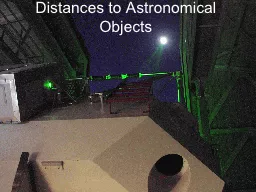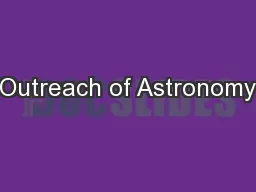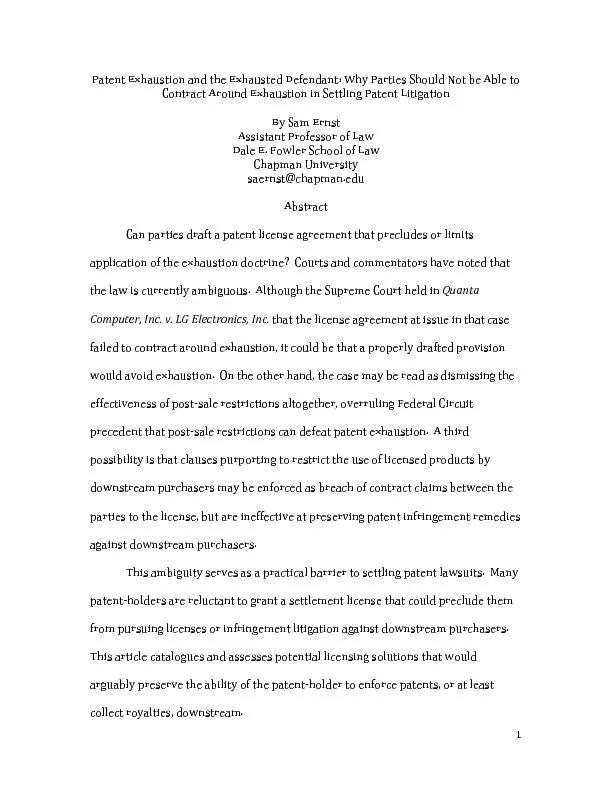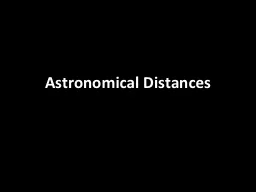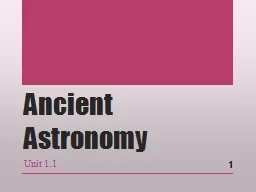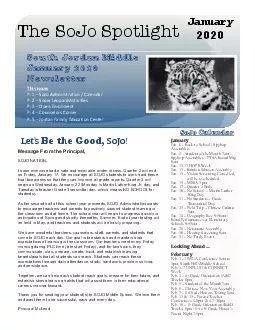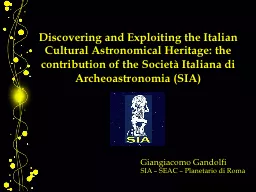PPT-American Astronomical Society meeting, Jan 9-12, 2012, Aust
Author : faustina-dinatale | Published Date : 2016-07-19
Acknowledgments Zach Berta Harvard the PI of HST program 12251 The first characterization of a SuperEarth Atmosphere graciously agreed to our request to use GJ
Presentation Embed Code
Download Presentation
Download Presentation The PPT/PDF document "American Astronomical Society meeting, J..." is the property of its rightful owner. Permission is granted to download and print the materials on this website for personal, non-commercial use only, and to display it on your personal computer provided you do not modify the materials and that you retain all copyright notices contained in the materials. By downloading content from our website, you accept the terms of this agreement.
American Astronomical Society meeting, Jan 9-12, 2012, Aust: Transcript
Download Rules Of Document
"American Astronomical Society meeting, Jan 9-12, 2012, Aust"The content belongs to its owner. You may download and print it for personal use, without modification, and keep all copyright notices. By downloading, you agree to these terms.
Related Documents

